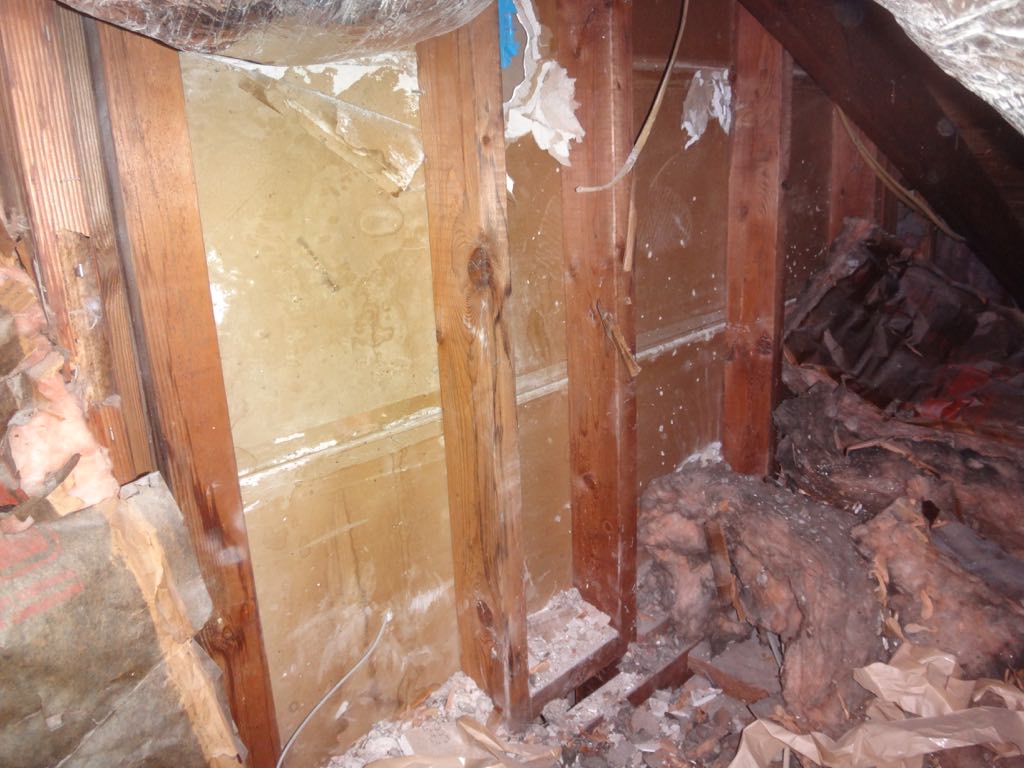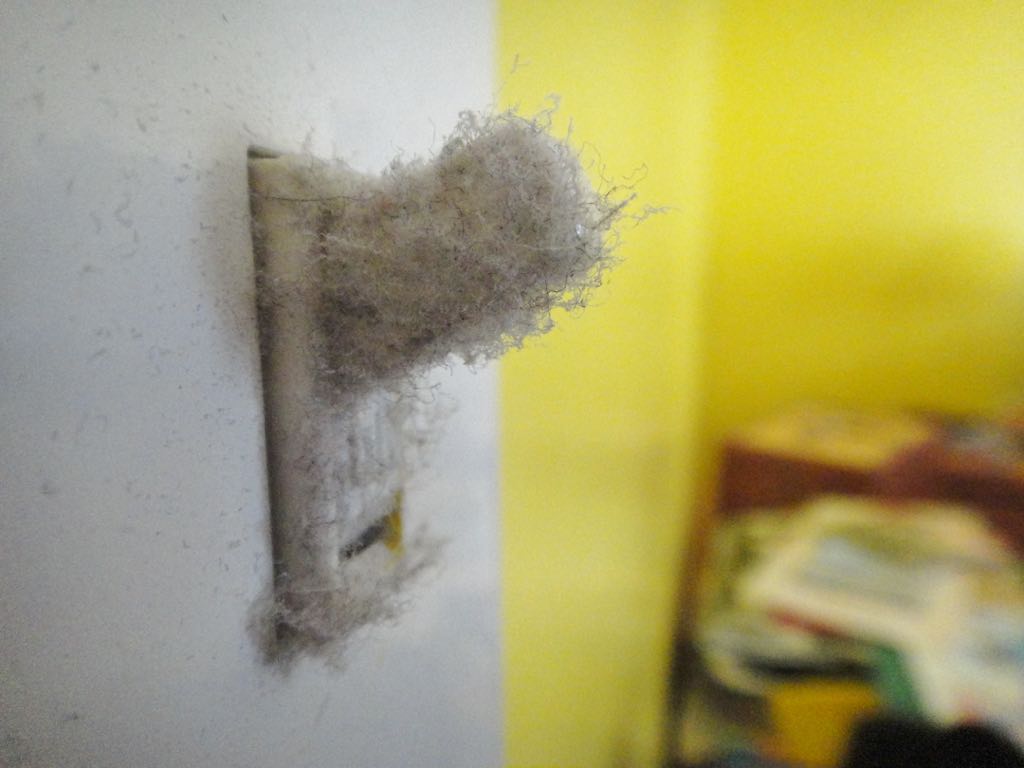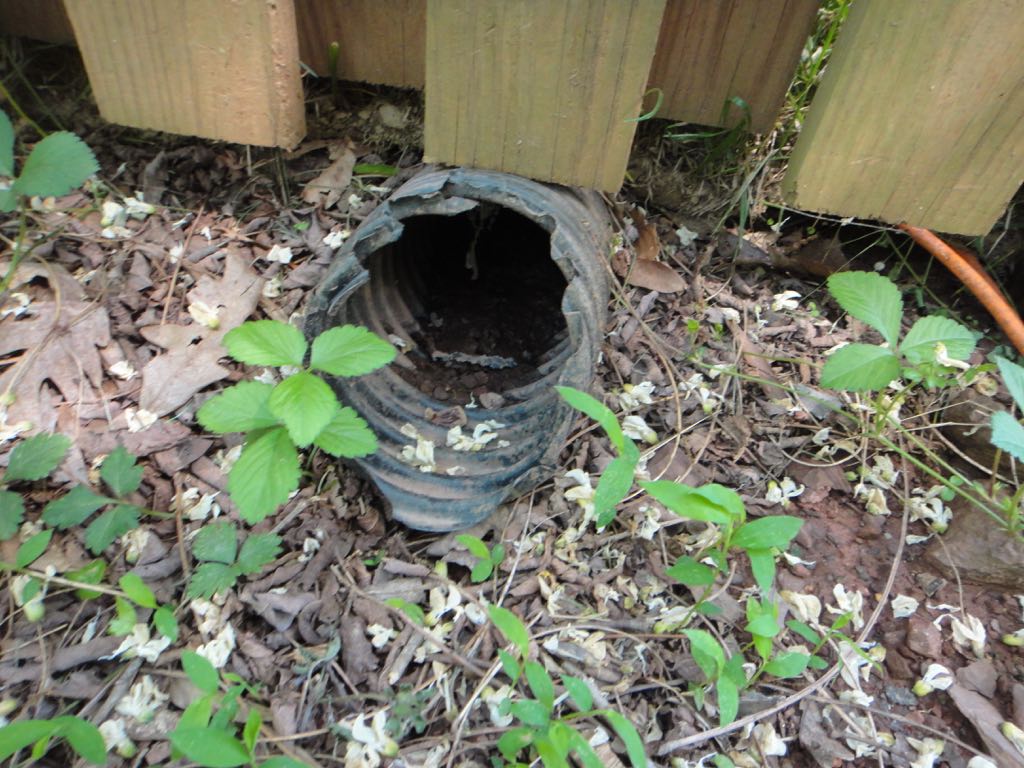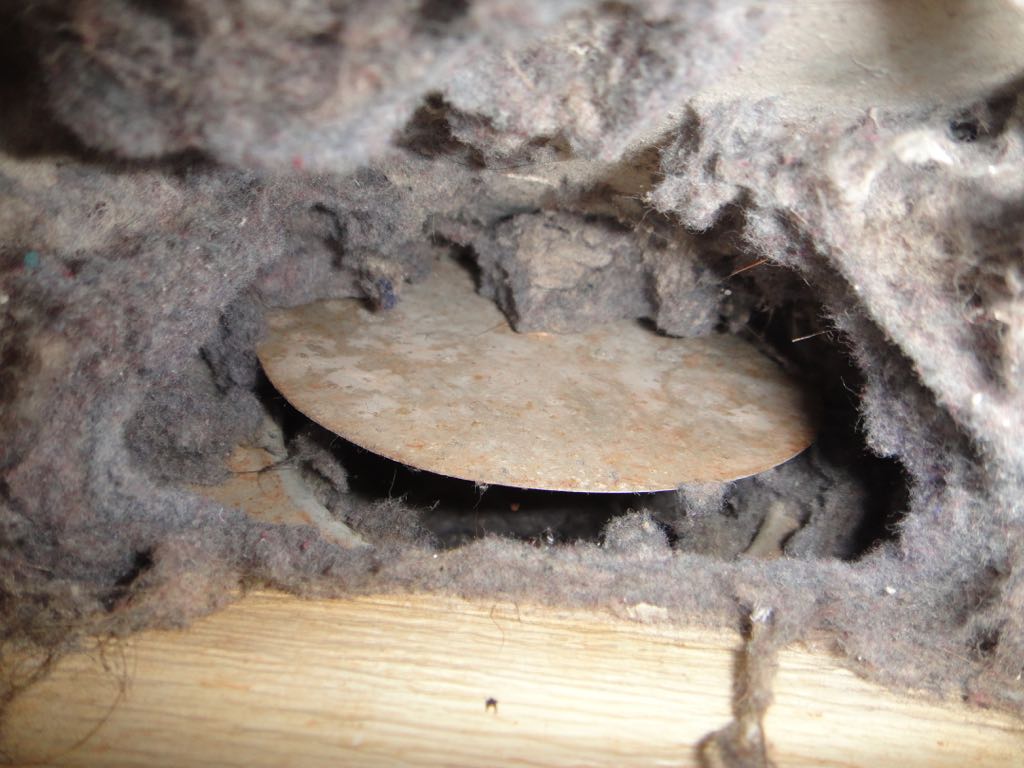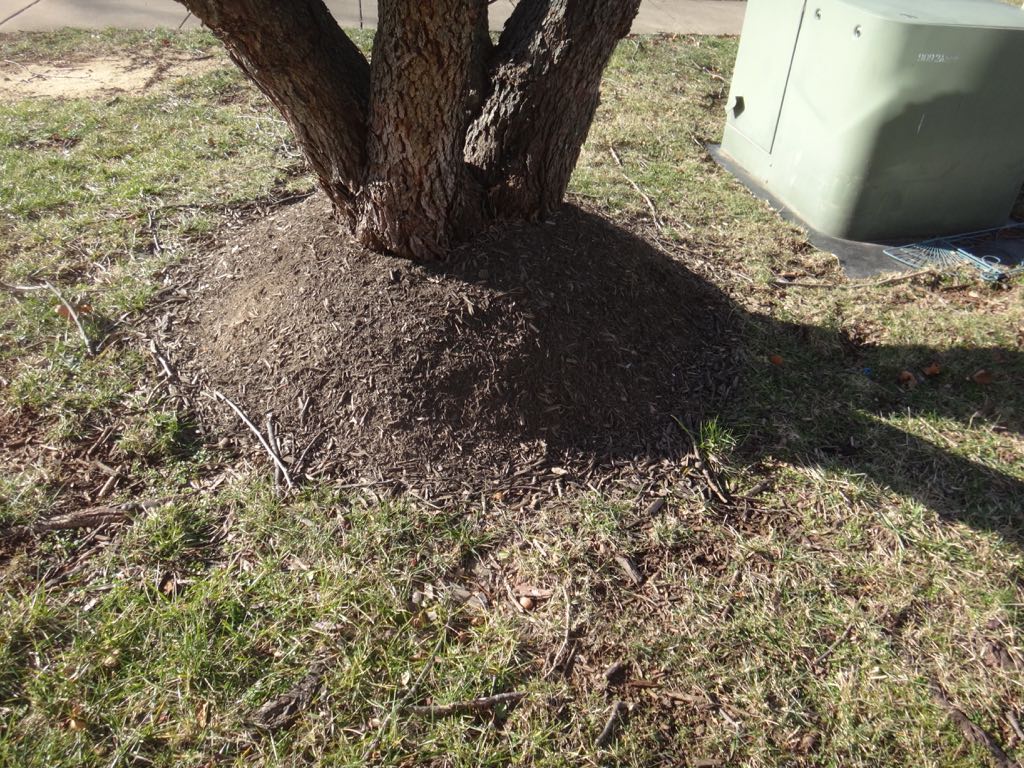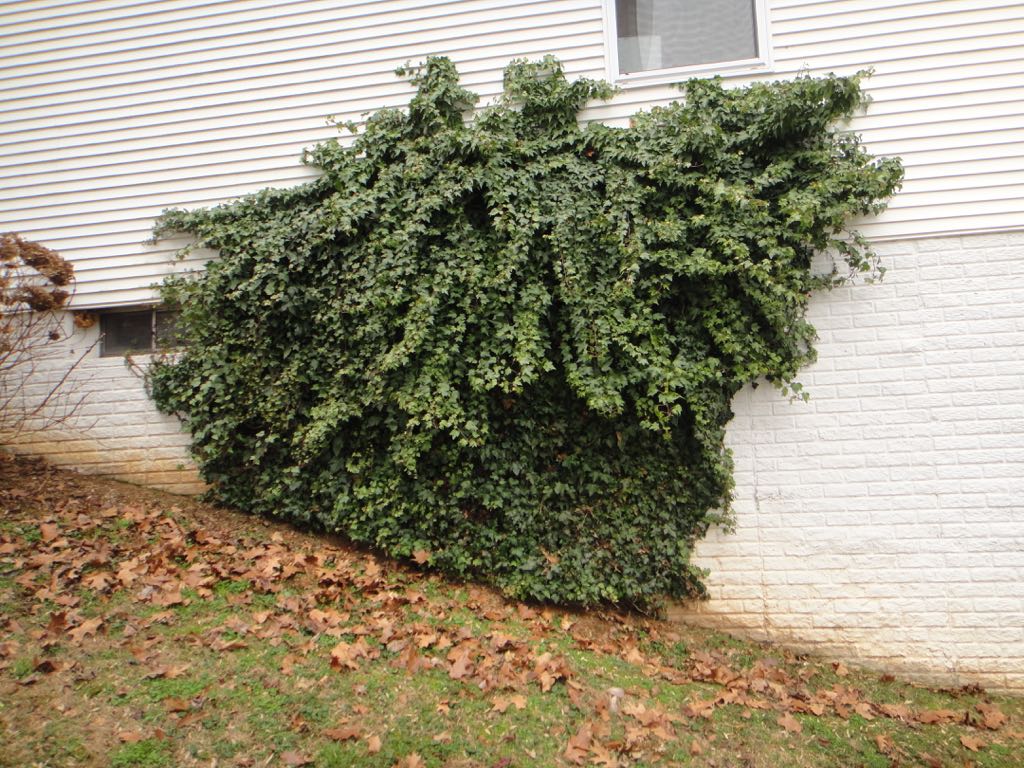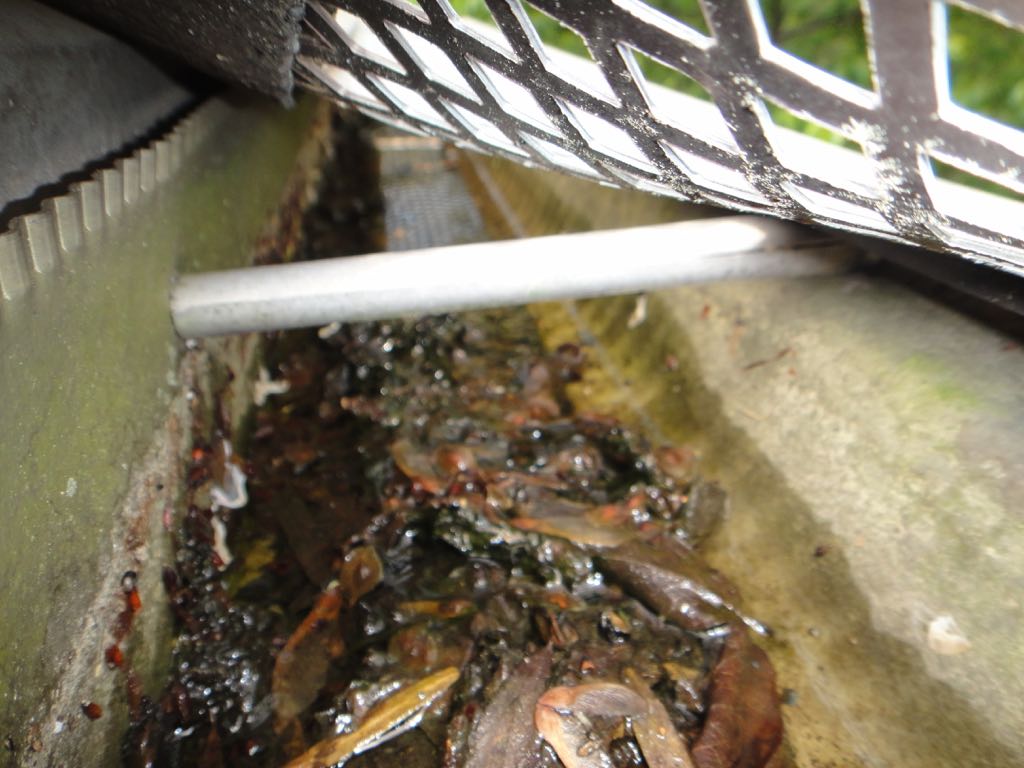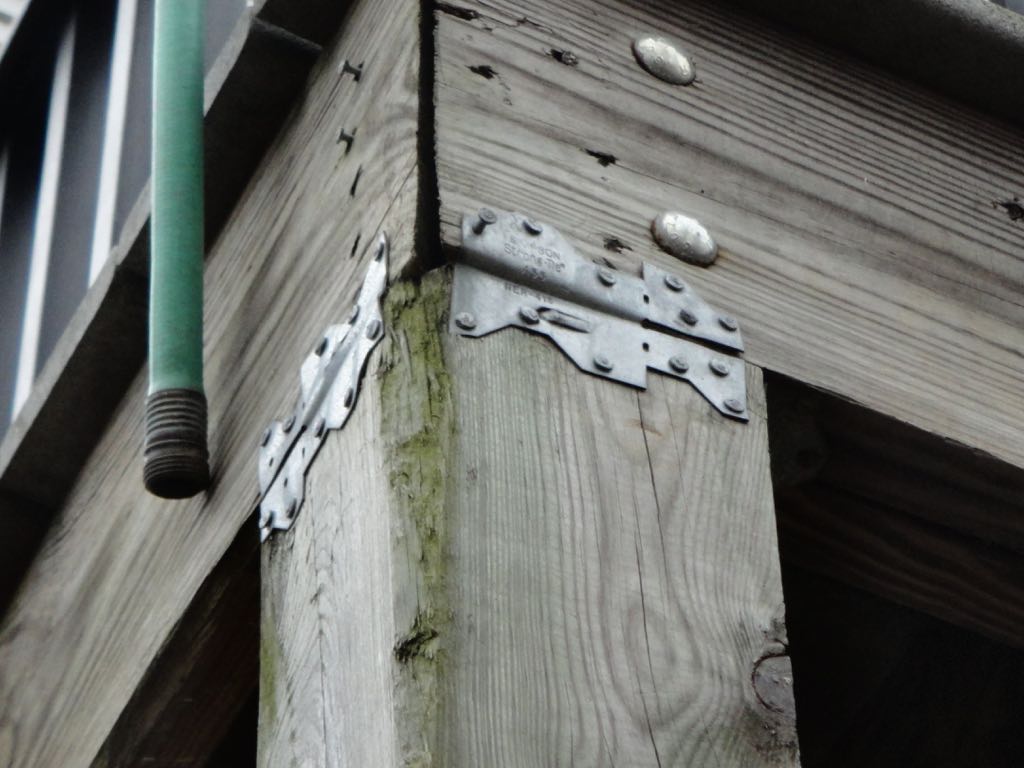When we profiled Ed Snope’s Atlas Home Inspection company last year, we spoke with busy, all-business Realtors who count on Snope’s all-important reports to be thorough, accurate and on time in order to process Arlington real estate transactions.
Not only did he exceed his reputation for experience and knowledge of how a house is put together, the Realtors also praised his ability to communicate clearly exactly what the buyers and sellers were dealing with.
So we asked Snope to share with us some of his 30 years of experience in home and landscape construction and his four years as the sole proprietor of the bustling Atlas Home Inspection. We wondered what were 10 common findings in Arlington dwellings that he could share with us, explain why they are concerns and offer advice for improvement.
His answers may surprise you.
Outside
1. Mushroom-capped carriage bolts are popular as fasteners in deck construction as they are long enough to penetrate 4×4 footers and easy to use. However, holding up thousands of pounds of people and furniture on a deck is not what they should be used for. “Carriage bolts were developed to secure metal plates to wood beams,” he says. “The heads do not accept a washer. Lag bolts with washers, timber bolts and specialty fasteners and prefabricated metal connectors are available.”
2. Those flexible drainpipes taking water away from your house have ripples to increase flexibility. “But each one of those corrugations can hold enough water to breed tiger mosquitos,” Snope says. “And they tend to curl up at the end–creating a negative slope and holding water.” Smooth-walled pipe is not much more expensive but may require “a bit more labor to install.”
3. Mulch is often contaminated before it reaches the home. It can hide poor grading underneath, leading to water problems with the dwelling. “Mulch volcanoes” at the base of trees can damage plants if the mulch is excessive, and if you haven’t been hauling away the old stuff when topping off, you probably have too much. “It can cause bark rot and other moisture-related diseases,” he says.
4. That English ivy took a while to climb the side of the house, and it sure makes those Maywood bungalows look pleasingly vintage. But. “This is an invasive species,” warns Snope. “It offers little ecological value and is difficult to eradicate. It strangles native plants and trees, retains moisture (not good), harbors pests and mosquitoes and requires diligent maintenance.” It also damages siding and trim. Better choices are periwinkle or pachysandra.
5. When your neighborhood in invariably described as “leafy,” as most Arlington communities are, gutter covers sound like a reasonable solution to keeping leaves and sticks from clogging exterior drainage. Think again. “They are not maintenance-free and they typically increase roof runoff, especially on medium- to steep-pitched roofs,” Snope says. That increases the moisture around the house, leaving basements vulnerable. And debris still builds up under those gutter guards. Keep an eye on them, or upgrade to a far more expensive brand $25 a foot — that works slightly better.
Inside
6. If the dryer is in the basement what is dryer lint doing collecting on light switches two floors up? “Leaky ducts release lint into the home, often pulled into the HVAC system. Dryer lint can build up inside the clothes dryer, in the exhaust duct, in the exhaust vent or inside the building,” says Snope. “Flexible foil duct is easily compressed and tends to trap lint.” And this is bad why? “Lint buildup increases drying time, uses extra electricity, can damage equipment, and can become a fire hazard.”


